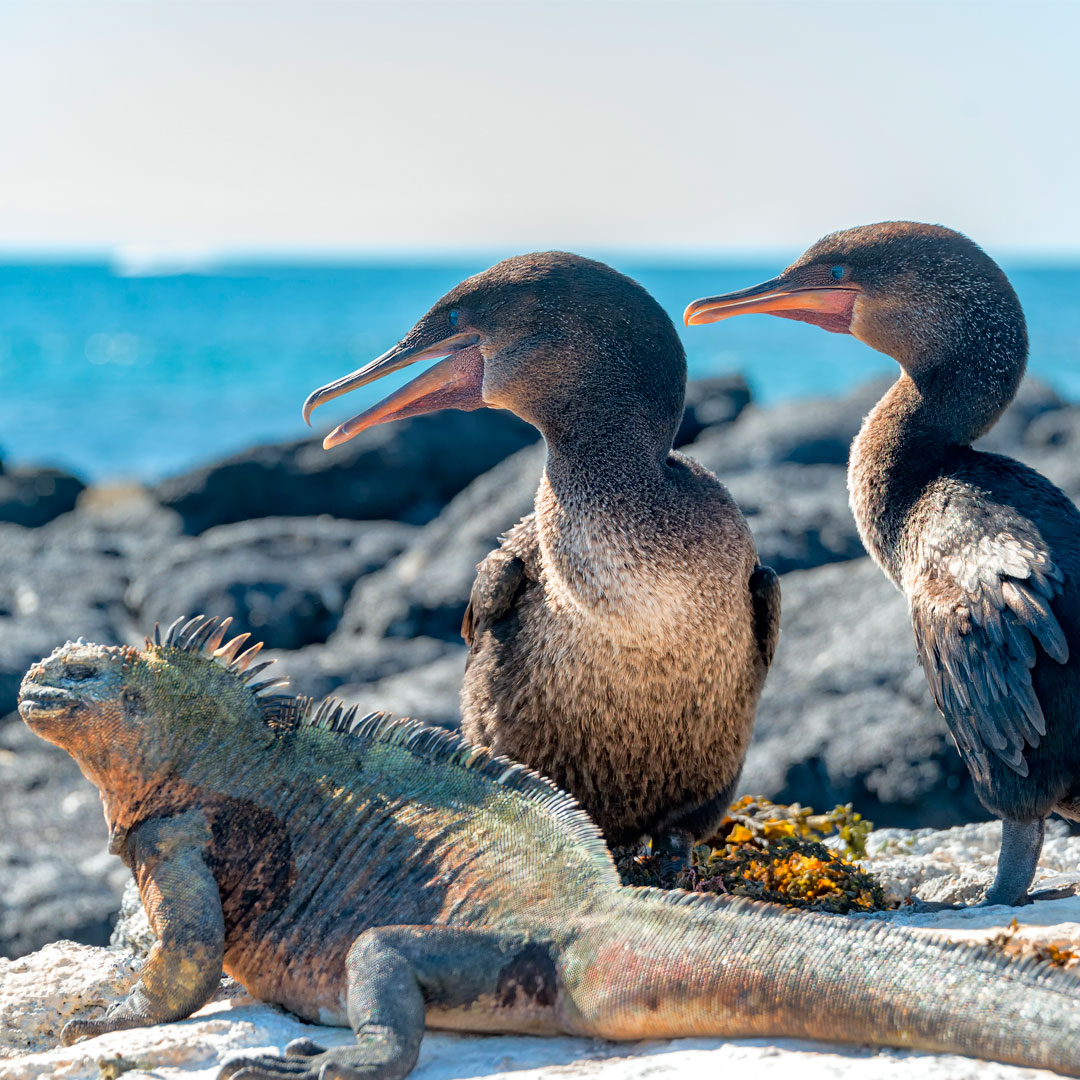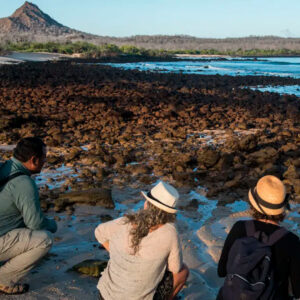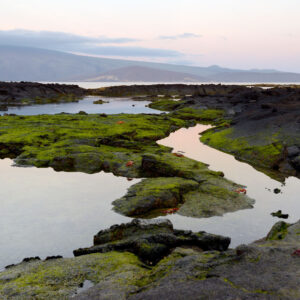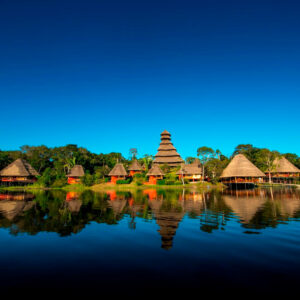Interesting Facts
Active volcanoes
The Galápagos Island was formed by volcanoes ascending from the ocean over a “hot spot” underneath the Earth’s mantle approximately four million years ago. Several of the relatively young islands remain in this area. As recently as 2009, there have been over sixty outbreaks from active volcanoes over the past 200 years.
Galápagos coffee
The Galapagos Islands imports the majority of its fresh fruit, vegetables, meat, water, and other basic necessities from the mainland on a daily basis via barges. Coffee is among the only few exceptions. Coffee has been grown in the Galapagos since 1869, in which one of the first property owners cultivated the first arabica typica coffee plants. Starbucks, the largest buyer and exporter of coffee from Galapagos , now sells it all over the world. The Galapagos Islands’ rich volcanic soil and distinctive conditions produce a blend as distinct as the Islands themselves.
Literature
The Galapagos Islands appear to be selected by novelists due to their isolation and ties to Darwin and evolution. Surprisingly, these are precisely the same reasons scientists choose to work on the islands. Those who consider science and art to be diametrically opposed may wonder why, at least in this instance the inspiration should be comparable.
Galápagos literature started with the late 17th century British buccaneers known as “the literary pirates”. They published reports of their adventures, introduced the Galapagos Islands to the reading public and sparked a trend in travel stories. This inspired Daniel Defoe to write Robinson Crusoe, a novel that owed much to the tales of the buccaneers. Alexander Selkirk, his model, had been marooned further south on Juan Fernandez Island, but he was a member of the exact same piratical brotherhood and that also got to visit the Galapagos at least once. The isolated island setting was a great artistic convenience for Defoe, as it had been for Shakespeare in The Tempest: it freed the author’s imagination from reality’s constraints.
Galápagos is 97% a National Park
These “Enchanted Isles,” placed about 600 miles (970 kilometers) off the Ecuadorian coast are extremely important for scientific research. Fortunately, the Galapagos National Park, founded by government proclamation over 60 years ago, had already taken the initiative in enabling these relevant research, the findings of which have assisted preservation and safeguarding efforts in the region. This is significant because 97% of the island’s land mass has been designated as a national park, with the surrounding waters designated as a UNESCO Biosphere Reserve. Ecuador has protected both the park and the marine reserve, which are relatively isolated.
Unique Marine Iguanas
Marine Iguanas are unique since they are the world’s only sea lizards. They are so fond of water that they have learned to swim. To move through the water, they utilize their sideways flat tails as propellers. Nonetheless, their sharp claws assist them in clinging to rocks. These aquatic lizards are herbivores who prefer to eat algae and seaweed.
They are unique to the Galapagos Islands. Elderly marine iguanas are dark in color. Males, on the other hand, change colors during the breeding season to different colors, including shades of green, turquoise, red, and orange. Males also compete for dominance over female iguanas during breeding season.





